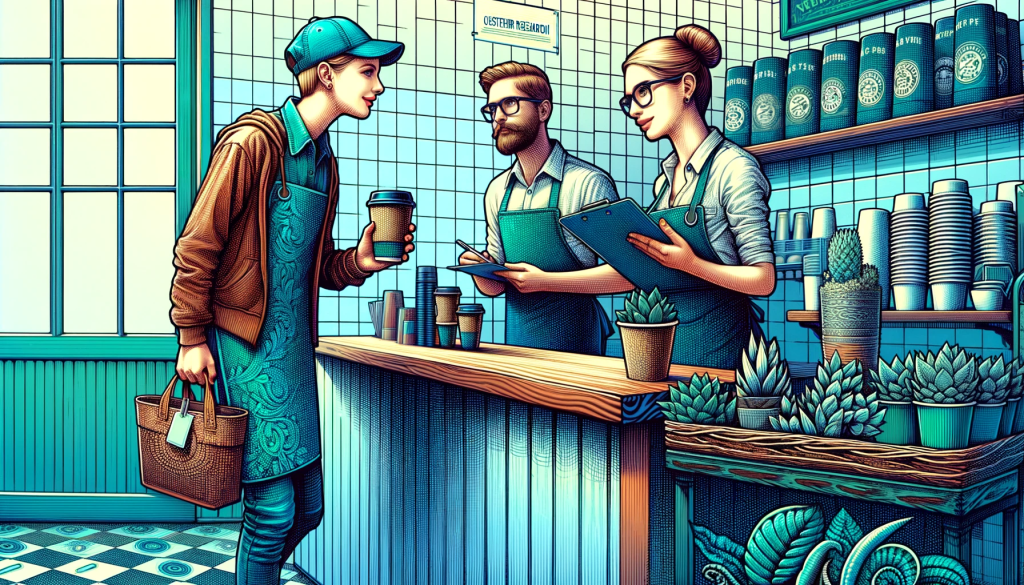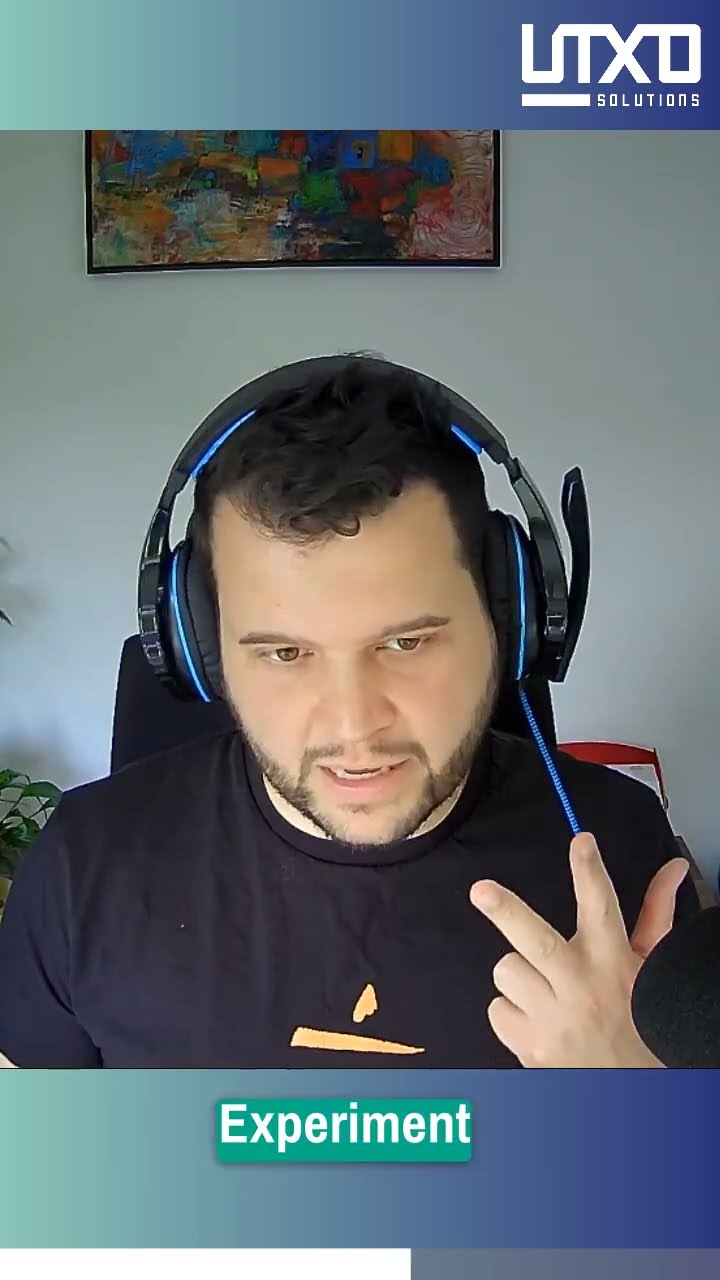
Whats the difference between user research and customer research?
The obvious answer would be: one is about our user, the other about our customers. And while in some cases, our users can be our customers, often they are not. So lets’s have a look, when we need to do user research and when customer research. And why.
What is user research?
User research, according to Wikipedia, looks at how people use a product. If someone buys a shovel, what are they doing with it? Gardening? Construction work? Hitting people? Paint some eyes on it and talk to it? It is all about the way people use the product.
Research usually means a set of qualitative interviews with the user. Where we ask questions like: The last time you used the shovel, what did you do with it? When did you use it? How did you use it? Why did you use it in that way? What has changed for you, after you used it?
It is important to note that good user research goes beyond intended use. People often use a product in a way that is helpful to them, but not as planned. Here is a great example of the unintended use of a frying pan. Sometimes, unintended usage can become the new primary usage, like in the post-it story.
The main use-case for user research is to improve the product for your users.
What is customer research?
Customer research targets people that should buy our product. This may seem the same. Why should someone buy something without using it? But the reality is, that people buy products for different reasons than why they use it. Just remember that shirt or shoes that you bought but never wear. Sport-equipment? Smoothie maker? Books? We tend to buy a lot of things that we will use only once or even never. We buy to avoid the pain of staying in the current solution. And the hopes for a better solution trigger the purchase. But we use things for entirely different reasons.
When we talk about the customer life-cycle, there are basically 5 phases. From the sellers perspective they look like this:
- Phase 1 - Get their attention
- Phase 2 - Get their trust
- Phase 3 - Get them to buy
- Phase 4 - Get them to use your product once
- Phase 5 - Get them to continue using it
In theory, our future customers are someone else’s customer in 1-3 and become our customer in 4-5. Same with user. They are the user of another solution in 1-3 and our user in 4-5. However we want to understand the decision patterns for someone to become our customer. So we need to understand, why they would buy from us. And in order to do this, they need to stop using the other solution. This is why, customer research, answers both questions. Why do people use their current solution? And under which circumstances will they switch to our solution?
The great thing is, that when we talk about their current solution, we learn a lot about how they will want to use our product. They like things about their previous solution and want to have them again. These are so called habbits. But there are always things, that push them away from the current solution. We can avoid those. Same with hopes for the new solution that pull them towards it and anxieties which make them hesitate. This enables us, to build the product our customers will love. Because at the end of the day, they may stop using our product as well sometime. So it helps to think of every new usage as a new purchase of a solution. A continuous hire.And to prevent them from switching to a competing solution.
So when do I use customer research and when user research?
Customer research is the overarching version of user research. It covers the whole life-cycle,while user research only looks at usage behavior. User research is a part of customer research with a special focus. I would recommend to always start with full customer research, even if it is small scale. But if you want to slowly improve your product afterwards, user research can be enough. Just be aware that the given context for user research is quite limited. You only look at your own solution. This enables only sustaining innovation, but no real progress.
If you want to make large strides you need to look at the whole picture.







